In the wild world of ecosystems, ants might seem small, but they’re like the unsung heroes. Sure, they often crash our picnics and invade our homes, but they’re way more than just pesky insects. Ants are like the invisible chefs of nature, serving up meals to a whole bunch of hungry critters.
So, let’s get to know the wild side and meet 23 awesome creatures, from birds and mammals to insects and amphibians, that just can’t resist a good ant snack. We’ll get to know their unique tricks for scoring ants as their favorite munchies!
Overview
| Animal Species | Description | Diet and Adaptations |
|---|---|---|
| Aardvark | Nocturnal mammal with a sticky tongue and claws | Feeds on ants and termites, locates nests using smell |
| Pangolins | Mammals covered in tough scales | Primarily insectivores, use sharp claws and sticky tongue |
| Anteaters | Specialized insectivores with long snouts | Consume ants with long, sticky tongues |
| Aardwolf | Insectivore related to hyenas | Feed on termites and ants, lapping up ants with bristles |
| Antbirds | Birds found in the Neotropics | Form mixed-species foraging flocks, employ various tactics |
| Tamiasciurus Squirrel | Red squirrels in North America | Raid ant nests, adapt to a varied diet |
| Black Bears | Omnivores with a keen sense of smell | Opportunistically consume ants when found |
| Woodpeckers | Birds with specialized foraging techniques | Excavate ant colonies in tree bark using beaks |
| Spiders | Predatory arachnids with various species | Some catch ants in webs, like net-casting spiders |
| Frogs | Amphibians found in ant-rich environments | Use long, sticky tongues to catch ants |
| Horned Lizard | Lizards found in North and Central America | Sit still and shoot sticky tongues at approaching ants |
| Ground Beetles | Predatory insects in terrestrial ecosystems | Crush ants with strong mandibles |
| Skunks | Omnivorous mammals with a distinctive spray | Opportunistically consume ants among other insects |
| Lizards | Reptiles found in arid and semi-arid regions | Feed on ants and small insects with agile tongues |
| Turtles | Some aquatic turtles venture onto land | Include ants in a varied diet along with other insects |
| Shrikes | Predatory birds with distinctive habits | Capture ants with hooked bills |
| Toads | Amphibians with sticky tongues | Occasionally consume ants as part of their diet |
| Swallow-tailed Kites | Graceful raptors with aerial hunting skills | Include ants among their diet of flying insects |
| Thrushes | Songbirds primarily feeding on fruits and worms | Forage on the ground for ants and other insects |
| Bats | Insectivorous mammals with echolocation | Include ants in their diet of flying insects |
| Shrews | Small mammals with voracious appetites | Use sharp teeth and high metabolism to hunt ants |
| Spiny-tailed Iguanas | Lizards found in Central and South America | Feed on ants among other food sources |
| Trogons | Colorful birds in tropical regions | Agile flyers that capture ants in the canopy |
1. Aardvark (Orycteropus afer)

The aardvark, native to Africa, is a nocturnal mammal with a long, sticky tongue and powerful claws. Although it primarily feeds on ants and termites, its diet can also include other insects and small vertebrates.
Aardvarks locate ant nests using their keen sense of smell, then use their claws to break into the nest and capture the ants with their long, sticky tongue. Their diet is rich in ants, making them a notable ant-eating species.
2. Pangolins (Family Manidae)
Pangolins are fascinating creatures covered in tough scales, resembling a walking pinecone. These elusive mammals are found in Asia and Africa and are primarily insectivores, with ants and termites being their preferred prey.
Pangolins use their sharp claws to break into ant nests and use their long, sticky tongues to capture the ants. Unfortunately, pangolins are threatened by illegal poaching due to the high demand for their scales, making them one of the most endangered animals on the planet.
3. Anteaters (Family Myrmecophagidae)
As their name suggests, anteaters are specialized insectivores, and ants make up a significant portion of their diet. There are several species of anteaters, including the giant anteater, silky anteater, and tamandua.
These creatures have long snouts and tongues designed for extracting ants from their nests. They can consume thousands of ants in a single day, thanks to their efficient feeding adaptations.
4. Aardwolf (Proteles cristata)
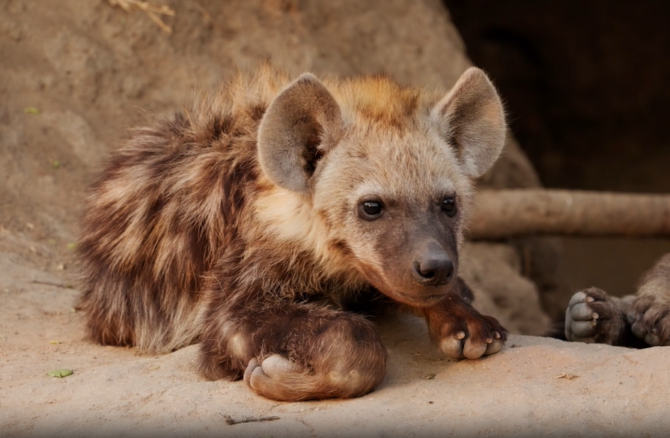
The aardwolf, a member of the hyena family, is primarily an insectivore, and its diet is heavily reliant on termites and ants.
Unlike its larger and more carnivorous hyena relatives, aardwolves possess a specialized diet that includes termites and ants. They have bristle-like hairs on their tongue, allowing them to lap up large numbers of ants from the ground. Aardwolves are solitary and nocturnal animals, making them difficult to spot in the wild.
5. Antbirds (Family Thamnophilidae)
Antbirds are a diverse group of bird species primarily found in the Neotropics, and their name gives away their dietary preference: ants.
These birds often form mixed-species foraging flocks with other bird species, helping them locate ant swarms more efficiently.
Antbirds have adapted to different ant-eating strategies, such as gleaning ants from tree branches or capturing them on the ground. Some well-known antbird species include the white-throated antbird and the rufous-tailed antbird.
6. Tamiasciurus Squirrel (Tamiasciurus)
Squirrels are known for their agility and nut-collecting habits, but the Tamiasciurus genus includes tree squirrels that also consume ants.
These squirrels, commonly known as red squirrels, are found in North America and have a varied diet that includes insects like ants. They may raid ant nests for a protein-rich meal, showcasing their adaptability in foraging.
7. Black Bears (Ursus americanus)
Black bears are omnivores, and their diet includes a wide range of foods, including ants. While black bears primarily feed on fruits, berries, and vegetation, they are opportunistic feeders and will consume ants if they come across an ant nest.
Their keen sense of smell helps them locate ant colonies, and they use their sharp claws and strong jaws to access the nests.
8. Woodpeckers (Family Picidae)

Woodpeckers are well-known for their drumming behavior on trees, but they are also skilled insectivores. Many woodpecker species have a diet that includes ants, as they excavate holes in tree bark to access ant colonies hidden within. The Northern Flicker, for instance, feeds on ants, using its long, sticky tongue to capture the insects from their nests.
9. Spiders (Order Araneae)
While not all spiders eat ants, some species have adapted to include ants in their diet. Spiders are voracious predators and often catch ants that happen to cross their paths.
The net-casting spider (Deinopis spp.) is an excellent example of a spider that specializes in capturing ants. This spider creates a web with a net-like structure and drops it on passing ants, using its lightning-fast reflexes to snatch them up.
10. Frogs (Family Ranidae)
Several frog species are known to consume ants as part of their diet. These amphibians are typically found in environments where ants are abundant, such as rainforests and grasslands.
Frogs like the Australian green tree frog and the red-legged frog have been observed feeding on ants. They use their long, sticky tongues to catch the insects quickly.
11. Horned Lizard (Phrynosoma spp.)
Horned lizards, also known as horned toads, are a group of lizards found in North and Central America. These distinctive-looking reptiles have a diet that includes ants and other small insects.
They use their specialized hunting technique, which involves sitting still and waiting for ants to approach them. When ants come too close, horned lizards shoot their sticky tongues out to capture them.
12. Ground Beetles (Family Carabidae)
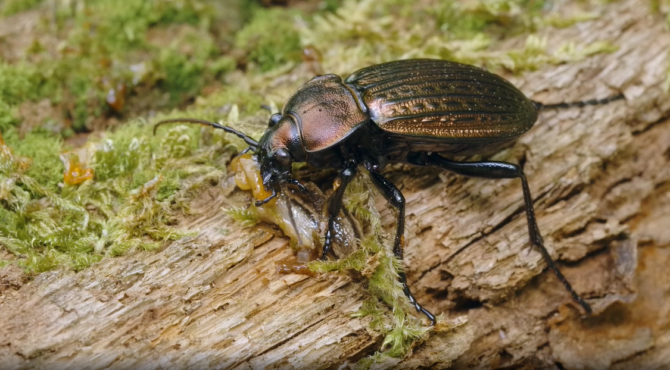
Ground beetles are a diverse group of predatory insects that often prey on ants. These beetles are voracious hunters and have strong mandibles for crushing their prey.
Ground beetles are typically found in terrestrial ecosystems, including gardens and agricultural fields, where ants are abundant. They help control ant populations and are considered beneficial insects in many cases.
13. Skunks (Family Mephitidae)
Skunks are omnivorous mammals known for their distinctive black and white coloration and their ability to spray a foul-smelling liquid as a defense mechanism.
While they primarily feed on plants and small vertebrates, skunks are opportunistic feeders and will consume ants if they come across them. Their diet may include ants, along with other insects and invertebrates.
14. Lizards (Family Lacertidae)
Several lizard species have been observed consuming ants as part of their diet. These reptiles are typically found in arid and semi-arid regions where ants are abundant.
Lizards like the collared iguana and the Texas horned lizard feed on ants and other small insects. They use their agile tongues and quick reflexes to capture the ants efficiently.
15. Turtles (Order Testudines)
Some turtle species, particularly aquatic turtles, are known to consume ants and other small insects when they venture onto land.
Aquatic turtles, like the painted turtle and the red-eared slider, have a varied diet that includes plants, aquatic invertebrates, and terrestrial insects like ants. While ants may not make up a significant portion of their diet, they are occasionally on the menu.
16. Shrikes (Family Laniidae)
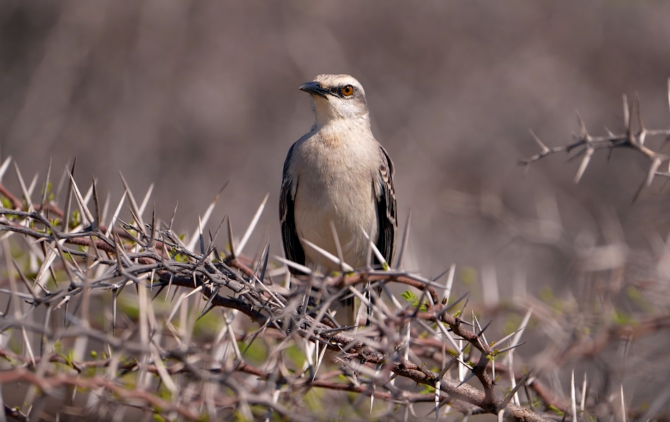
Shrikes are a group of predatory birds known for their habit of impaling their prey on thorns or barbed wire. These birds have a diverse diet that includes small vertebrates and insects, including ants. Shrikes use their hooked bills to capture ants and other insects, and they are skilled hunters known for their precise strikes.
17. Toads (Family Bufonidae)
Toads, like frogs, are amphibians that occasionally consume ants as part of their diet. While they primarily feed on a diet of insects and other small invertebrates, ants are sometimes included in their meals. Toads have long, sticky tongues that they use to capture ants and other prey items quickly.
18. Swallow-tailed Kites (Elanoides forficatus)
Swallow-tailed kites are graceful raptors found in the Americas. They have a diet that includes a variety of flying insects, including ants. Swallow-tailed kites are known for their aerial hunting skills, as they catch insects in mid-air with their sharp beaks and talons. Ants are often on the menu when these kites are soaring through the sky.
19. Thrushes (Family Turdidae)
Thrushes are a diverse group of songbirds that include species like robins and bluebirds. While they primarily feed on fruits, berries, and worms, some thrush species will also consume ants. They forage on the ground, using their sharp bills to capture ants and other insects found in leaf litter and soil.
20. Bats (Order Chiroptera)
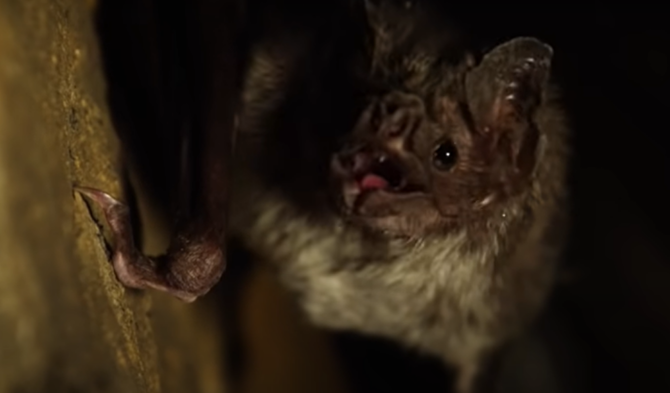
Bats are predominantly insectivorous mammals, and while they feed on a variety of flying insects, ants are occasionally part of their diet.
Insect-eating bats, such as the little brown bat and the big brown bat, are known to consume ants when they are abundant in their foraging areas. Bats use echolocation to locate their prey, allowing them to efficiently hunt for ants and other insects in the dark.
21. Shrews (Family Soricidae)
Shrews are small, mouse-like mammals with voracious appetites for insects. While they primarily feed on insects like beetles, earthworms, and centipedes, some shrew species will also consume ants. Shrews have sharp teeth and a high metabolism, which makes them agile hunters of ants and other small invertebrates.
22. Spiny-tailed Iguanas (Genus Ctenosaura)
Spiny-tailed iguanas, also known as iguanids, are a group of lizards found in Central and South America. These reptiles have a varied diet that includes fruits, leaves, and insects like ants. Spiny-tailed iguanas have strong jaws and sharp teeth, which they use to capture ants when they encounter them on their foraging expeditions.
23. Trogons (Family Trogonidae)
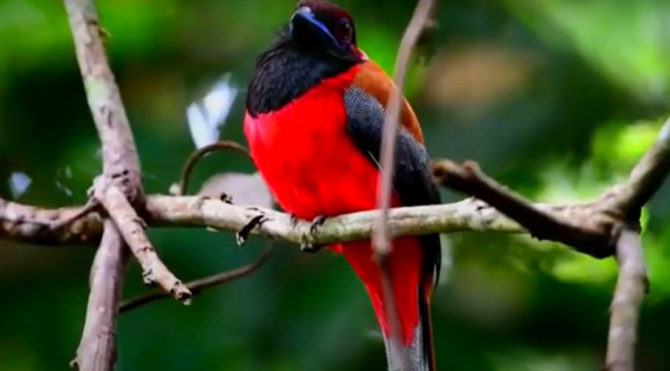
Trogons are colorful and strikingly beautiful birds found in tropical and subtropical regions. While they are primarily frugivorous, some trogon species, such as the collared trogon, will also feed on insects, including ants. Trogons are agile flyers and can catch ants on the wing or forage for them in the canopy.
FAQs
Are there any animals that exclusively feed on ants?
While some animals primarily feed on ants, such as anteaters and aardwolves, very few species exclusively consume ants. Most animals have a varied diet that includes other insects and food sources to meet their nutritional needs.
Are there any specific adaptations that animals have developed to capture ants more efficiently?
Yes, many animals have evolved specialized adaptations for capturing ants. For example, anteaters have long, sticky tongues for lapping up ants, while shrikes use their hooked bills for precision strikes when catching ants. These adaptations vary across species, enabling them to exploit ants as a food source effectively.
Do ants have any natural defenses against their predators?
Yes, ants have developed various defensive mechanisms to deter predators. Some ants have painful stings or bites, while others emit chemical signals to alert their colony members about danger.
Additionally, ants often work together to mob and overwhelm their attackers, making them a formidable prey item for many predators.
How do woodpeckers locate ant colonies within trees?
Woodpeckers locate ant colonies within trees by listening for the sounds of ants moving within the tree bark. Ants make faint rustling noises as they move, which woodpeckers can detect due to their acute hearing.
Once they pinpoint the location, woodpeckers use their strong beaks to excavate holes in the bark and access the ant colonies.
Are there any risks associated with consuming ants for animals?
Consuming ants can sometimes pose risks for animals. Some ants have chemical defenses that can be toxic or irritating to predators.
For example, certain ants release formic acid when threatened, which can deter or harm their attackers. Animals that regularly consume ants may have evolved mechanisms to neutralize or tolerate these defensive chemicals.
Can humans learn anything from animals that eat ants regarding the consumption of ants for food?
While humans can consume ants and some cultures do incorporate them into their diets, it’s essential to exercise caution when foraging for ants.
Some ant species can be venomous or carry diseases, so it’s crucial to identify safe and edible ant species. Additionally, ants can provide a source of protein and nutrients, but they should be part of a balanced diet rather than the sole food source.
Final Words
Ants are a crucial part of many ecosystems, and their presence not only influences plant communities but also sustains various animal species.
The 23 species discussed in this article demonstrate the diverse ways in which animals have evolved to feed on ants as a significant component of their diet.
From aardvarks and pangolins to shrikes and thrushes, each of these creatures has adapted unique strategies to capture and consume ants, highlighting the complex web of interactions in the natural world.
Understanding the role of ants and their predators is essential for preserving the delicate balance of ecosystems and conserving biodiversity.






